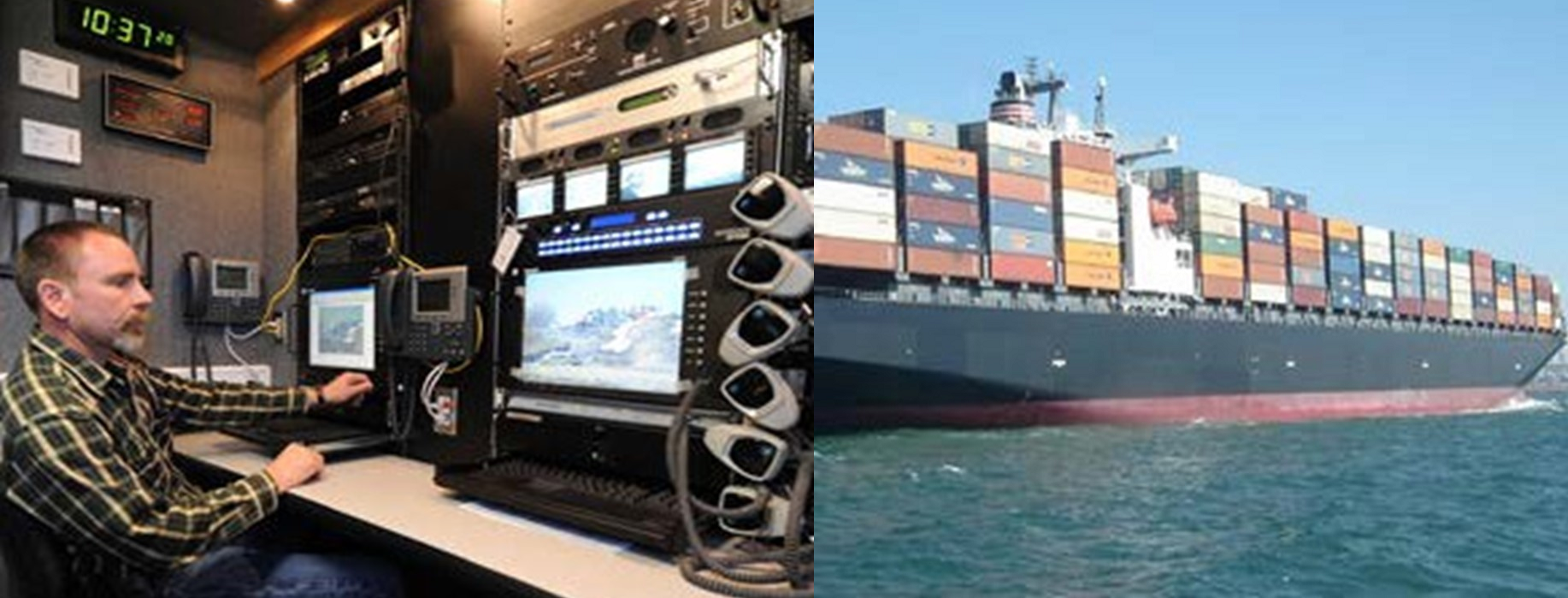During a multi-state or catastrophic biological incident, or in the case of biological incidents requiring specialized, limited availability MCMs, there most likely will be shortages of critical resources. Needs may rapidly exceed the capabilities of SLTT departments, agencies, and NGOs in affected and nearby jurisdictions. Mitigation measures intended to slow the spread of disease may dramatically increase the strain placed on critical infrastructure, particularly regarding critical medical and non-medical supply chains. Additionally, sudden, widespread, incident-caused loss of employment may place unprecedented strain on social services programs. Disease burden, income loss, economic hardship, disruptions to the food supply chain, and necessary mitigation measures such as social distancing and the closure of schools, may stress or otherwise undermine both community and individual resiliency. Unanticipated consumer demand, limited domestic production, and disrupted supply chains may lead to substantial cascading impacts that further destabilize national, regional, and/or local supply chains and may not be mitigated or overcome by either state/local governments or the private sector.

When federal support is requested during a disaster response, ESF #6, Mass Care, Emergency Assistance, Housing, and Human Services provides a framework for delivering mass care. Within this framework, services and programs implemented to assist individuals impacted by potential or actual disasters are organized into four primary functions: mass care, emergency assistance, housing, and human services. Additional federal support activities are directed by ESF #8 – Public Health and Medical Services (coordinated by HHS), ESF #10 – Oil and Hazardous Materials Response (coordinated by EPA), and ESF #11 – Agriculture and Natural Resources (coordinated by USDA).
As part of ESF #11, the USDA FNS identifies, secures, and arranges for the transportation of food and/or the provision of nutritional assistance to affected areas and supports FEMA Mass Care in providing food for shelters and other mass feeding sites. These efforts include the activation of programs such as The Emergency Food Assistance Program; Commodity Supplemental Food Program; National School Lunch Program; Summer Food Service Program; Seamless Summer Option; Supplemental Nutrition Assistance Program; Pandemic Electronic Benefit Transfer; Women, Infants and Children Program; Senior Nutrition Program; Home-Delivered Nutrition Services; and Child and Adult Care Food Program.
When jurisdictional sources of support have been exhausted, SLTT officials should escalate requests for assistance. FEMA will coordinate logistics across federal resources to support SLTT, NGOs, and VOADs in performance of mass care, emergency assistance, housing, and human services missions.
What Will You Need to Know?
- How will assistance from voluntary agencies and organizations be coordinated?
- Do the agencies/organizations have specific policies regarding assistance during a biological incident?
- How will you gather and synthesize information in order to continue evaluating requirements for medical and behavioral health services to affected populations?


